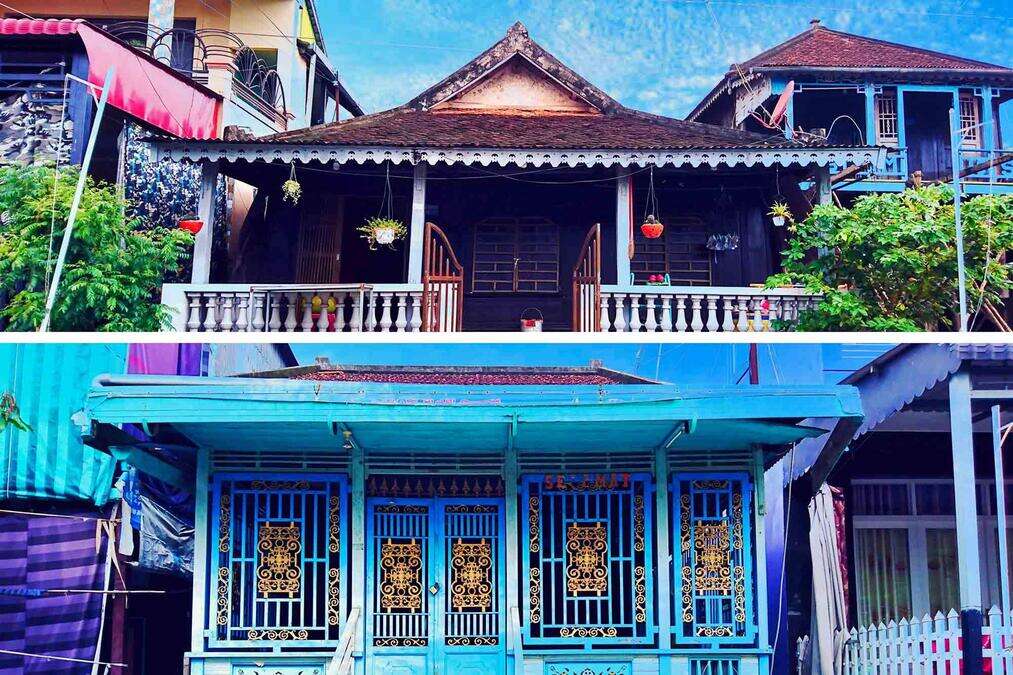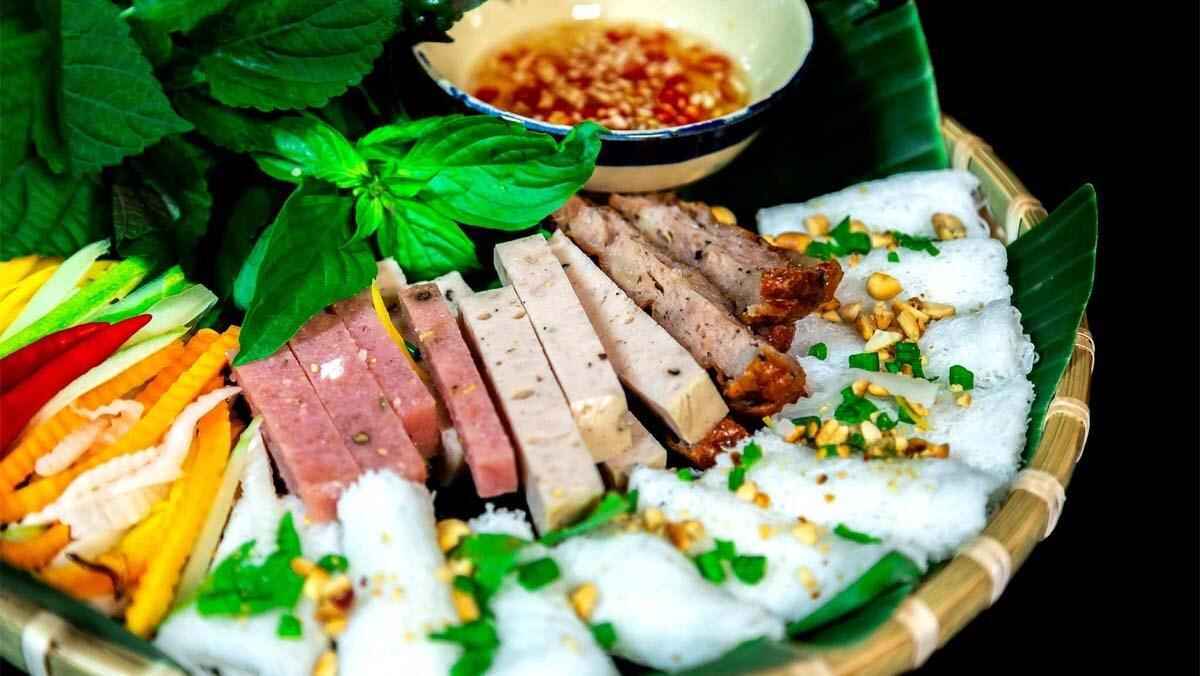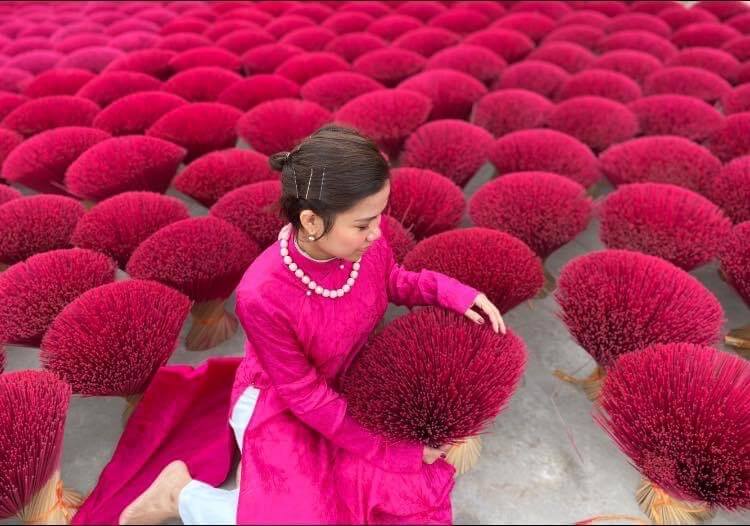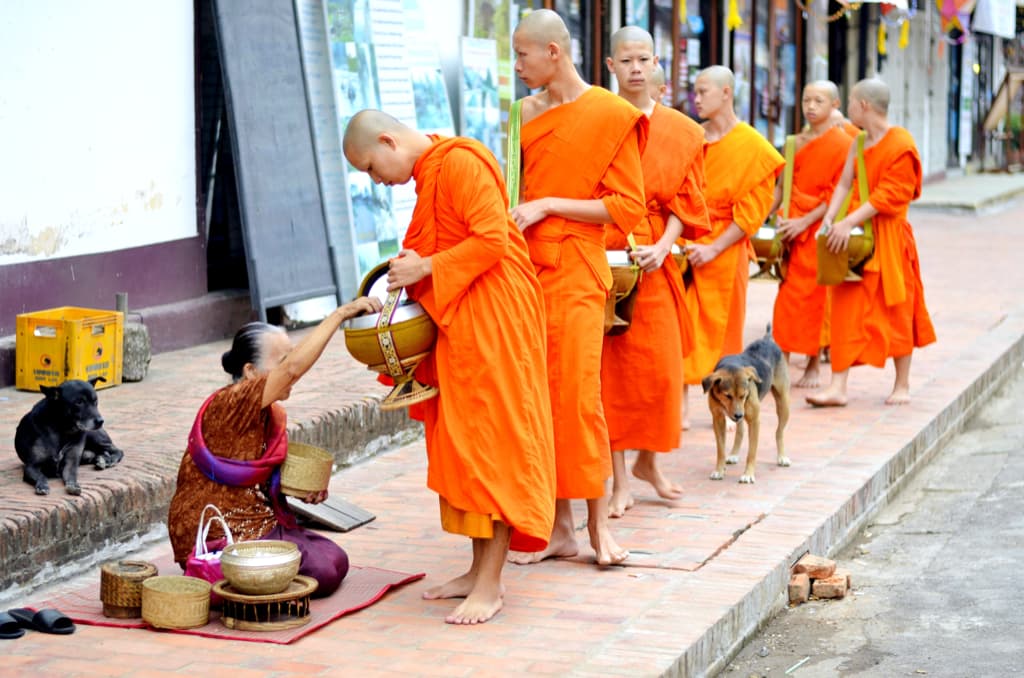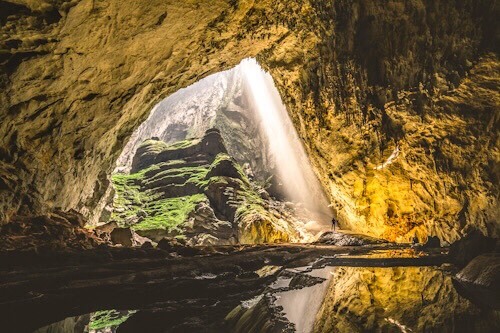Discovering the Enchanting Beauty of Tra Su Cajuput Forest
Immerse yourself in the lush greenery and tranquil waterways of Tra Su Cajuput Forest. Explore the rich biodiversity in Vietnam's Mekong Delta.
Introduction to Tra Su Cajuput Forest
Nestled in the heart of Vietnam's Mekong Delta, Tra Su Cajuput Forest, also known as Tra Su Bird Sanctuary, is a captivating 850-hectare wetland that beckons nature lovers and adventure seekers alike. Located in Van Giao Commune, Tinh Bien District of An Giang Province, just 10 kilometers from the Cambodian border, this vibrant ecosystem is a testament to the resilience of nature and the dedication of those who have worked tirelessly to preserve it.
As you step into Tra Su Cajuput Forest, you'll find yourself immersed in a world of towering cajuput trees, their slender trunks and delicate leaves creating a canopy that filters the sunlight and casts a magical glow upon the dusty trails below. The forest is home to an astonishing diversity of birds and wildlife, making it a paradise for birdwatchers and nature enthusiasts.
During the flood season, Tra Su transforms into an enchanting emerald carpet, with duckweed blanketing the water's surface, creating a mesmerizing landscape that seems to stretch endlessly into the horizon. It is in this season that the forest truly comes alive, with the sounds of birdsong and the gentle lapping of water against the shores.
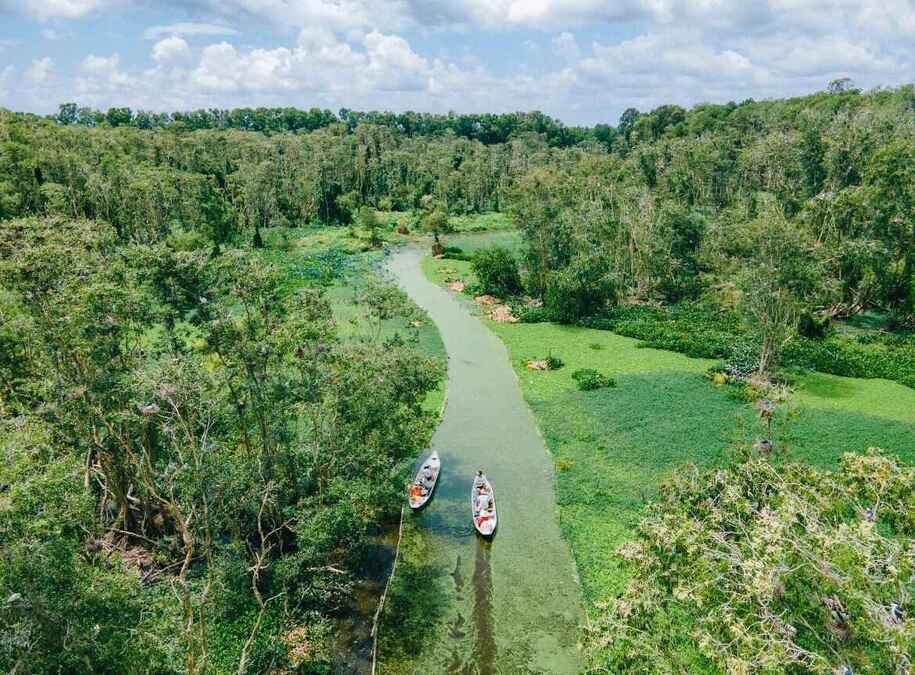
History and Establishment of the Forest
The story of Tra Su Cajuput Forest is one of resilience and rebirth. Prior to 1975, the area suffered the ravages of war, with American bombings leaving the land uncultivated and scarred. However, in the years following the war, the An Giang provincial authorities recognized the ecological significance of the area and invested in its restoration.
With great care and dedication, the authorities began reforesting the area with cajuput trees, which are known for their ability to thrive in wetland environments. They also constructed a 12-kilometer long, 4-meter wide, and 4-meter high dyke system to prevent flooding during the wet season, ensuring that the delicate ecosystem could flourish.
In 1983, Tra Su was officially designated as a special restoration zone, with the goal of developing it into a nationally-recognized scientific forest and nature reserve. This designation marked a turning point in the forest's history, as it became a focal point for conservation efforts and eco-tourism development.

Flora and Fauna
One of the most remarkable aspects of Tra Su Cajuput Forest is its incredible biodiversity. The sanctuary is home to over 140 plant species, including nearly 80 species with medicinal properties. As you explore the forest, you'll encounter a wide variety of trees, shrubs, and aquatic plants, each playing a vital role in the ecosystem.
For birdwatchers, Tra Su is a true paradise, with more than 70 bird species calling the forest home. Among these are rare varieties like the painted stork (Mycteria leucocephala) and oriental darter (Anhinga melanogaster), both of which are listed in Vietnam's Red Book of endangered species. As you make your way through the forest, keep your eyes peeled for these majestic creatures, as well as the many other bird species that flit through the branches and soar overhead.
In addition to its avian residents, Tra Su Cajuput Forest also supports a diverse array of other wildlife, including 11 mammal species, 25 reptile species, and 23 fish species. To facilitate conservation efforts and visitor experiences, the forest is divided into designated areas, such as a 3,000 square meter fishing zone, a 3,200 square meter bird sanctuary, and a 2,500 square meter bat sanctuary.

Boat Tours Through the Waterways
One of the most enchanting ways to explore Tra Su Cajuput Forest is by embarking on a boat tour through its winding waterways. Visitors can hire a small motorized boat, known locally as a "tac rang," which is a common mode of transportation in the Mekong Delta. As you navigate the narrow canals flanked by the forest, you'll be treated to the lush greenery of lotus flowers and water lilies adorning the water's surface.
For a more immersive experience, visitors can transfer to a small wooden rowing boat, accommodating up to four people, to venture deeper into the heart of the forest. As you gently drift along the tranquil waters, you'll find yourself surrounded by a myriad of bird species perched on branches or soaring overhead. The skilled sampan rower will share insights about the forest and point out prime spots for bird sightings, making your journey both educational and unforgettable.

Bamboo Bridge Walk
A recent addition to Tra Su Cajuput Forest is Vietnam's longest bamboo bridge, spanning an impressive 10 kilometers. This unique walkway, constructed by the Chau Doc tourism authority, offers visitors an unforgettable opportunity to stroll through the cajuput forest and experience its beauty up close.
As you step onto the bridge, you'll find yourself transported into a world of white cajuput flowers, their delicate aroma permeating the air. Each step along the bridge takes you further away from the bustle of daily life and deeper into the serenity of the forest. The photogenic scenes along the bridge make for stunning captures to commemorate your visit, with the dappled sunlight filtering through the leaves and the gentle sway of the bamboo beneath your feet.
Panoramic Views from the Observatory Tower
For a bird's-eye view of the vast expanse of Tra Su Cajuput Forest, make your way to the 14-meter high observatory tower. This vantage point offers a spectacular panorama of the sprawling forest, teeming with birdlife, and the distant Forbidden Mountain (Nui Cam) on the horizon.
Visitors can use the available telescope for a more detailed look at the bird nests or to observe the birds foraging and building their nests below. The most memorable time to ascend the tower is just as the sun begins to set, casting a golden glow across the forest and creating an unforgettable scene to cap off your journey.

Cultural Features of the Area
Tra Su Cajuput Forest is not only a haven for wildlife but also a cultural treasure. The area is home to both Khmer and Kinh ethnic communities, each with their own unique traditions and ways of life. Visitors can explore the traditional handicrafts of the region, such as brocade weaving and the distillation of cajuput essential oils, which are known for their medicinal properties.
The local cuisine also showcases unique specialties, incorporating ingredients like palm sugar and honey harvested from the forest. As you sample these delicacies, you'll gain a deeper appreciation for the connection between the forest and the communities that call it home.
Best Times to Visit
To fully immerse yourself in the enchanting beauty of Tra Su Cajuput Forest, plan your visit during the dry season from December to May. During this time, the forest is at its most accessible, with the trails dry and easy to navigate.
However, for a truly vibrant experience, the flooding season from August to November transforms the forest into a mesmerizing waterscape. The water levels rise, creating a vast expanse of emerald green that stretches as far as the eye can see. It is during this time that the forest truly comes alive, with the sounds of birdsong and the gentle lapping of water against the shores.
For birdwatchers, early mornings and late afternoons are ideal times to visit, as various species gather in the forest during these times. As the sun rises and sets, the forest is bathed in a soft, golden light, creating a magical atmosphere that is sure to take your breath away.

Getting There and Ticket Prices
Tra Su Cajuput Forest is conveniently located just 30 kilometers from Chau Doc and 60 kilometers from Long Xuyen, making it easily accessible from major cities in the Mekong Delta region. Visitors can reach the forest by various transportation options from Ho Chi Minh City and other nearby areas, including bus, taxi, and private car.
Ticket prices for entrance, boat rides, and other activities within the forest are reasonably priced, making it an accessible destination for all. Whether you're a budget traveler or looking for a more luxurious experience, Tra Su Cajuput Forest has something to offer everyone.
Conservation Efforts and Eco-Tourism Development
The management of Tra Su Cajuput Forest is actively engaged in conservation efforts to protect its unique ecosystem. Initiatives include the establishment of designated wildlife zones for educational purposes and eco-tourism development, as well as ongoing reforestation and habitat restoration projects.
The forest aims to become a renowned scientific and nature reserve, attracting researchers and nature enthusiasts from around the globe. With over 10,000 visitors annually, Tra Su Cajuput Forest is a shining example of sustainable tourism in harmony with nature, demonstrating that it is possible to balance the needs of the environment with the desires of visitors.
As you explore the forest, you'll have the opportunity to learn about these conservation efforts and the important role that eco-tourism plays in protecting vulnerable ecosystems like Tra Su. By supporting sustainable tourism practices and respecting the natural environment, visitors can help ensure that this enchanting forest remains a haven for wildlife and a source of wonder for generations to come.
Conclusion
Tra Su Cajuput Forest is a testament to the resilience of nature and the dedication of those who have worked tirelessly to preserve it. From its humble beginnings as a war-torn landscape to its current status as a thriving wetland ecosystem, the forest has undergone a remarkable transformation.
As you explore its winding waterways, stroll along the bamboo bridge, and witness the vibrant birdlife, you'll find yourself transported to a world of natural wonder and serenity. Whether you're a birdwatcher, a nature lover, or simply seeking a respite from the hustle and bustle of daily life, Tra Su Cajuput Forest is sure to leave a lasting impression.
So pack your bags, grab your binoculars, and set out on an adventure to discover the enchanting beauty of Tra Su Cajuput Forest. With its lush landscapes, diverse wildlife, and rich cultural heritage, this green paradise in the heart of Vietnam's Mekong Delta is an unforgettable destination that will stay with you long after you've left its shores.
#TraSuCajuputForest #TraSuMelaleucaForest #TraSuForestVietnam #TraSuBirdSanctuary #MekongDeltaVietnam #Vietnamecotourism #Vietnamnaturetravel #BirdwatchinginVietnam #BoattoursinVietnam #Vietnamesecajuputtrees #WetlandsinVietnam #BiodiversityinVietnam #Vietnamtraveldestinations#Vietnamtourism #VietnamAmazingTours







